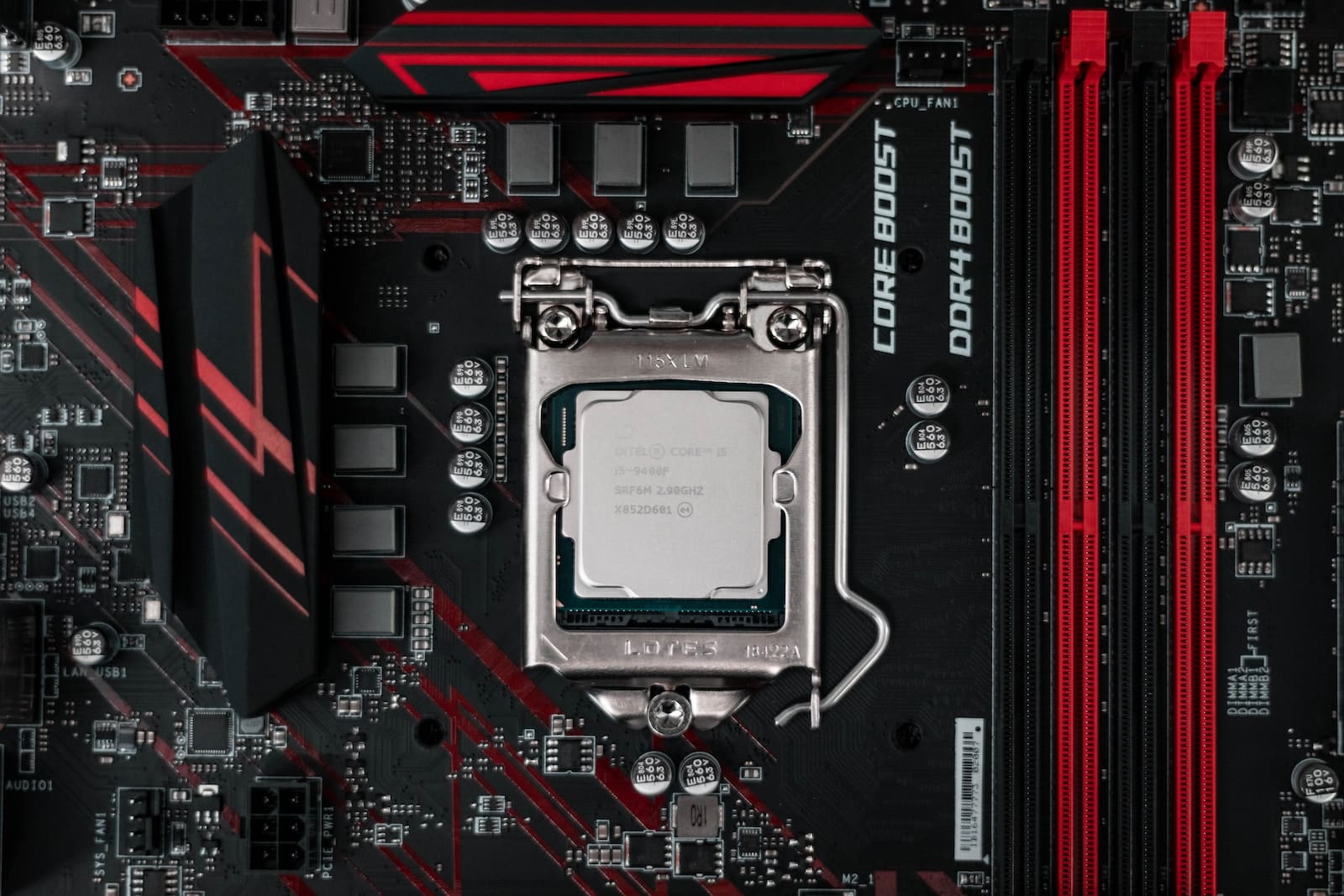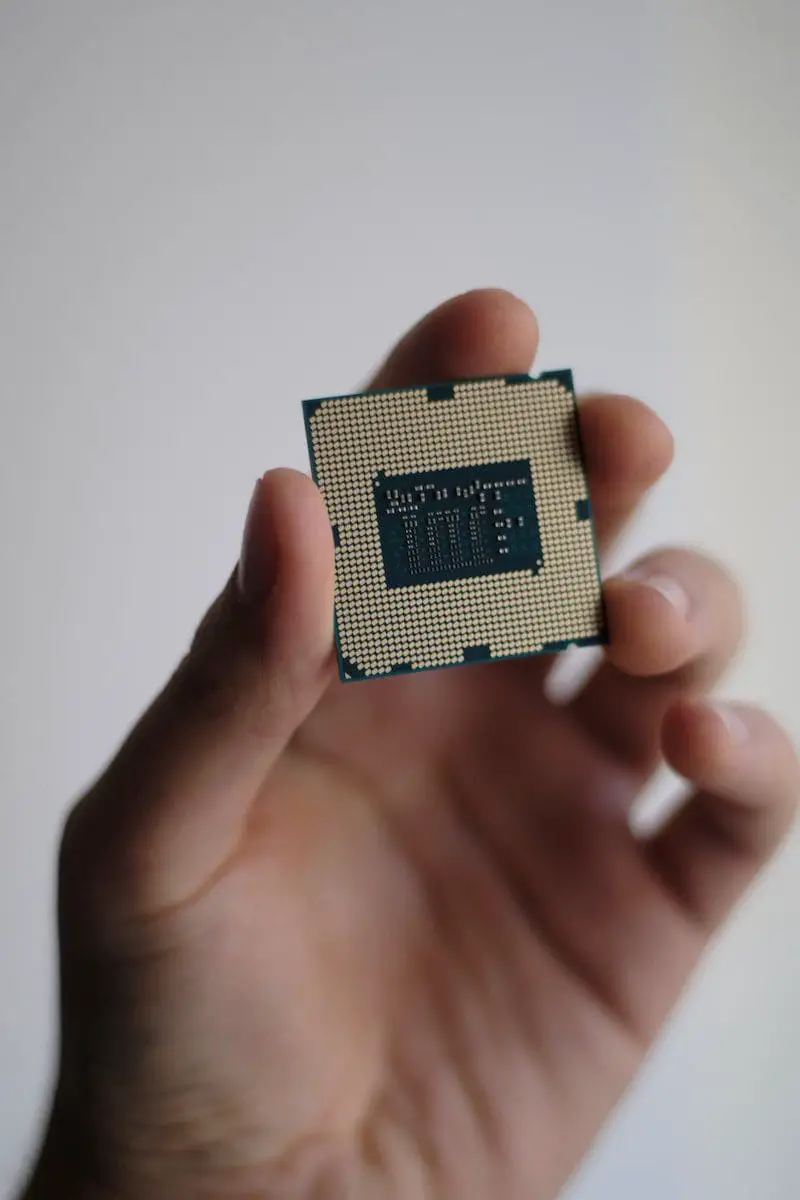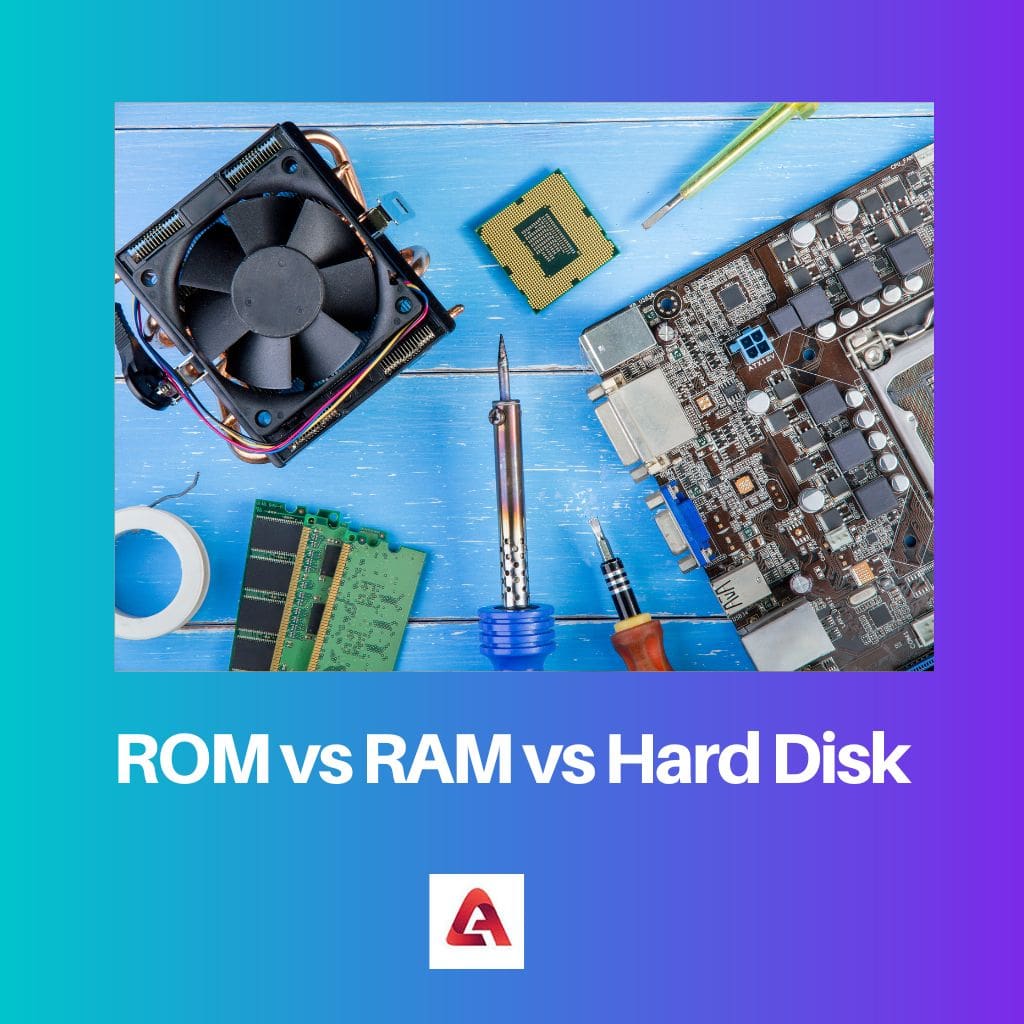According to historical references, the earliest electronic computers were developed in the early 1800s.
Because of their size, cost, and complexity, these computers could only be operated by qualified mathematicians and scientists.
The Analytical Engine, the first general-purpose mechanical computer in history, was first mentioned by Babbage in 1937.
The Analytical Engine included an arithmetic logic unit, conditional branching, loops for control flow, and integrated memory, just like a modern computer would.
As time went on and through the intervention of some big brains, we got to hear about CPU, which comes in different varieties.
When we talk about the processing unit, this refers to the processor, the Core of a CPU, which is now produced in various types — Core i5 and Core i7.
Then we get to know about the VCPU, also known as the Virtual central processing unit.
Key Takeaways
- A CPU (Central Processing Unit) is the primary processing unit of a computer, a core is an individual processing unit within a CPU, and a vCPU (virtual CPU) is a virtualized processing unit assigned to a virtual machine.
- Multicore CPUs allow for parallel processing, increasing overall performance.
- vCPUs enable more efficient use of physical resources and improve performance in virtualized environments.

CPU vs Core vs vCPU
CPU is the component of a computer that carries out the interpretation and execution of instructions, allowing it to perform its tasks. It is hardware-based. A core is the CPU’s processor that reads and executes program instructions. A vCPU is a software-based physical CPU assigned to a virtual machine.
Comparison Table
| Parameters of Comparison | CPU | Core | VCPU |
|---|---|---|---|
| Function | A physical processing unit. | The brain of a CPU | A virtual processing unit |
| Definition | An electronic circuit inside the computer that handles all instructions it receives from hardware and software running on the computer | Processing unit that receives instructions to carry on actions based on the instructions | A virtual CPU (vCPU) also known as a virtual processor, is a physical central processing unit (CPU) that is assigned to a virtual machine (VM). |
| Location | A component inside the computer. | Located inside the CPU. | Located Virtually, operated by a virtual machine. |
| Processor/Core | A computer can have multiple CPUs or processors | A CPU can have single or multiple cores | symmetric multi-processing |
What is CPU?
The brain of your computer is called the Central Processing Unit or Processor.
It interprets commands, assigns jobs, and makes calculations. The commands you send to your computer through the mouse and keyboard are translated by the CPU and delegated out, such as when you ask it to load up a video.
The CPU would have been responsible for carrying out these operations on its own in early computers.
The other parts of modern technology, like the GPU, process some operations on their own, though.
Modern CPUs now play a more supervisory role, managing fewer calculations directly while still monitoring job completion.
Earlier, when smartphones and tablets were not made, a variety of Chipsets would have been used to conduct this connection between your system’s CPU and you.
Chipsets are integrated circuits that link your computer’s central processing unit (CPU) to any external devices, such as the keyboard, storage, and RAM.
But as technology has advanced, systems on chips (SOC) solutions have almost entirely displaced chipsets in order to enable smaller, more efficient CPUs.
As a single-chip solution that includes the CPU, GPU, Memory, and more, SOC presents a faster, more compact substitute to earlier multi-chip technologies.
A CPU that runs more quickly and consistently is the final result of bundling all these hardware and software components into a single chip.

What is a Core?
The processing unit that executes tasks at a specific time is called a core, and a CPU may have one or more of them.
The job execution order, registers, and cache will all be maintained by the core, which will also perform operations using the ALU.
The operating system schedules each thread or software process executed by a core controlled by the CPU.
A thread is a standalone set of instructions that a CPU can handle.
The “brain” of a CPU is called a core, or CPU core. It receives commands and executes calculations or other operations to carry out those commands. Multiple cores are possible for CPUs.
Dual-core processors have two cores; quad-core processors have four cores; Hexa-core processors have six cores; and octa-core processors have eight cores.
The majority of consumer CPUs have between two and twelve cores as of 2019. CPUs for workstations and servers may have up to 48 cores.
Separate operations can be carried out by each CPU core from the others. The CPU’s memory cache may allow many cores to cooperate in parallel operations on a shared collection of data.

What is a vCPU?
An actual central processing unit (CPU) that is assigned to a virtual machine is referred to as a virtual CPU (vCPU), also called a virtual processor (VM).
Virtual machines each receive one vCPU by default. However, suppose the physical host has access to many CPU cores. In that case, a CPU scheduler allocates execution contexts, and the virtual CPU effectively becomes a series of time slots on logical processors.
It is crucial for an administrator to comprehend how his cloud provider records vCPU utilization in an invoice because the processing time is chargeable.
It’s crucial for the administrator to understand that performance won’t necessarily increase with more vCPUs.
This is due to the fact that when the number of vCPUs increases, the scheduler finds it harder to synchronize time slots on the actual CPUs, and the wait time might affect performance.
The symmetric multi-processing (SMP) multi-threaded compute paradigm is a component of VMware, and it includes vCPUs.
To enhance the performance of more parallel virtualized processes, SMP also enables threads to be spread across many physical or logical cores.
Sequential multitasking is possible in a multi-core environment thanks to vCPUs.
Main Differences Between CPU and Core and vCPU
- A computer with several CPU cores is the ideal option if you’re seeking for performance because each core can handle instructions on its own. vCPUs, however, can be the best option if you’re seeking for a cost-effective solution.
- While vCPUs are virtual representations of physical CPUs that are used in virtual machines, CPUs and cores are physical components.
- The Central Processing Unit, or Processor, is the same as the whole motherboard in your computer. While the Core is a chip found in the motherboard. On the other hand, VCPU is a virtual machine.
- While vCPUs are software-based, CPUs are hardware-based. This means that, in contrast to virtual CPUs produced by hypervisors as needed, CPUs physically exist inside your computer. Because of this variation in implementation, CPUs are significantly more effective than vCPUs because they do not have the overhead related to operating in software.




